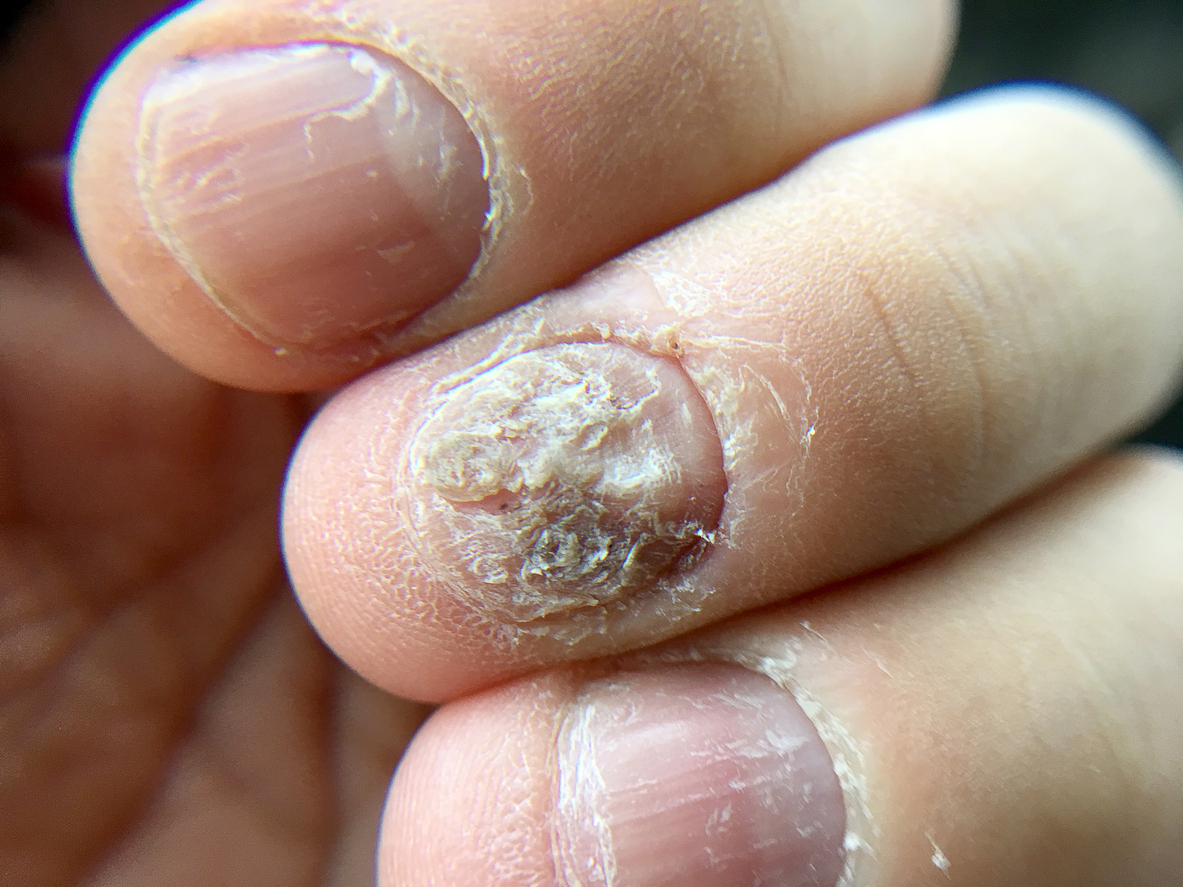Cozmoderm Clinic | Best Dermatology Clinic For Skin and Hair Care In Nagpur
Nail Disorders
Home / Nail Disorders

Nail Disorders
Many disorders can affect the nails, including deformity and dystrophy, injuries, infections, and ingrown toenails. Infections can involve any part of the nail and may or may not change the nail’s appearance. Most nail infections are fungal, but bacterial and viral infections occur.
The nail unit is made up of the nail plate (the hard part of the nail made of the protein keratin) and the surrounding structures. The nail bed is underneath the nail and attaches the nail to the finger. The nail matrix is located at the base of the nail and is where nail growth originates. The cuticle connects the top of the nail plate to the skin behind it. The lunula is the half-moon shape at the base of the nail. The nail folds are the folds of hard skin at the base and sides of the nail plate where the nail and the skin meet.
Causes of Nail Disorders
Some of the causes of nail disorders include the following:
- Infections (such as paronychia, retronychia, warts, and green nail syndrome)
- Injuries
- Internal diseases (such as certain lung diseases, which can cause yellow nail syndrome)
- Nail fungus (onychomycosis)
- Structural problems (such as an ingrown toenail)
- Birth deformities (such as pachyonychia congenital)
- Drugs
- Tumors
common nail diseases
1.Nail psoriasis: Nail psoriasis can cause nail denting or crumbling.
Causes: People living with psoriasis may develop symptoms. It occurs when psoriasis affects the skin of the nail bed or near the nail beds.
Symptoms: Potential symptoms include
- crumbling nails
- pitting
- changes in color to yellow or brown
- a build-up of skin under the nails
- blood under the nails
- the nail separates from the bed
Treatments: People should talk to their doctor if they live with psoriasis and notice symptoms on their fingernails. Treatments may include:
- strong corticosteroid cream
- tazarotene, to treat pitting and discoloration
- calcipotriol, to treat build-up under the nail
- injections of corticosteroids
- laser treatment
2.Brittle splitting nails: Brittle splitting nails or onychoschizia is a common issue that dermatologists see. The condition can cause brittle, soft, splitting, or thin nails.
Causes: Common causes of brittle nails are repeatedly wetting and drying the nails. Though less common, other causes may include iron deficiency or underlying illness.
Symptoms: The most common symptom is that the nails break easily. People can often tell if the cause is internal, as the condition affects both fingernails and toenails. If there is an external cause, symptoms will typically only affect the fingernails.
Treatments: The most common remedy is for people to use moisturizer, and keep the nails protected from chemicals and repeated exposure to water.
3. Onychogryphosis: Onychogryphosis is a condition where the nail becomes overgrown and thick, often affecting the big toe. It can cause one portion of the nail to grow longer than the other part.
Causes: Potential causes of onychogryphosis include:
- genetics
- injury
- circulation issues
- psoriasis
- ichthyosis
Symptoms: When a person has onychogryphosis, the nail grows very thick. In other cases, a portion of the nail may grow larger than the other part. The growth can resemble a ram’s horn, so people often refer to it as Ram’s horn nails.
Treatments: A person will likely need to see a podiatrist or dermatologist, to help cut the nail. They may be able to show the person how to do this at home. People may need several trips to the doctor to cut it back and let it regrow. The only permanent treatment is the removal of the nail bed.
4. Ingrown toenails: An ingrown toenail can cause pain and swelling, and in some cases, they can become infected.
Causes: Genetics may play a role in the development of ingrown toenails. Also, there are other potential causes, including:
- not keeping nails trimmed
- wearing tight socks or shoes
- physical injury
Symptoms: Symptoms can include:
- swelling and tenderness
- redness
- soreness
- pus
Treatments: Treatments may include:
- surgery
- soaking the nail in warm water 3 to 4 times each day
- wearing comfortable shoes
- keeping the foot dry
- taking acetaminophen or ibuprofen for pain
